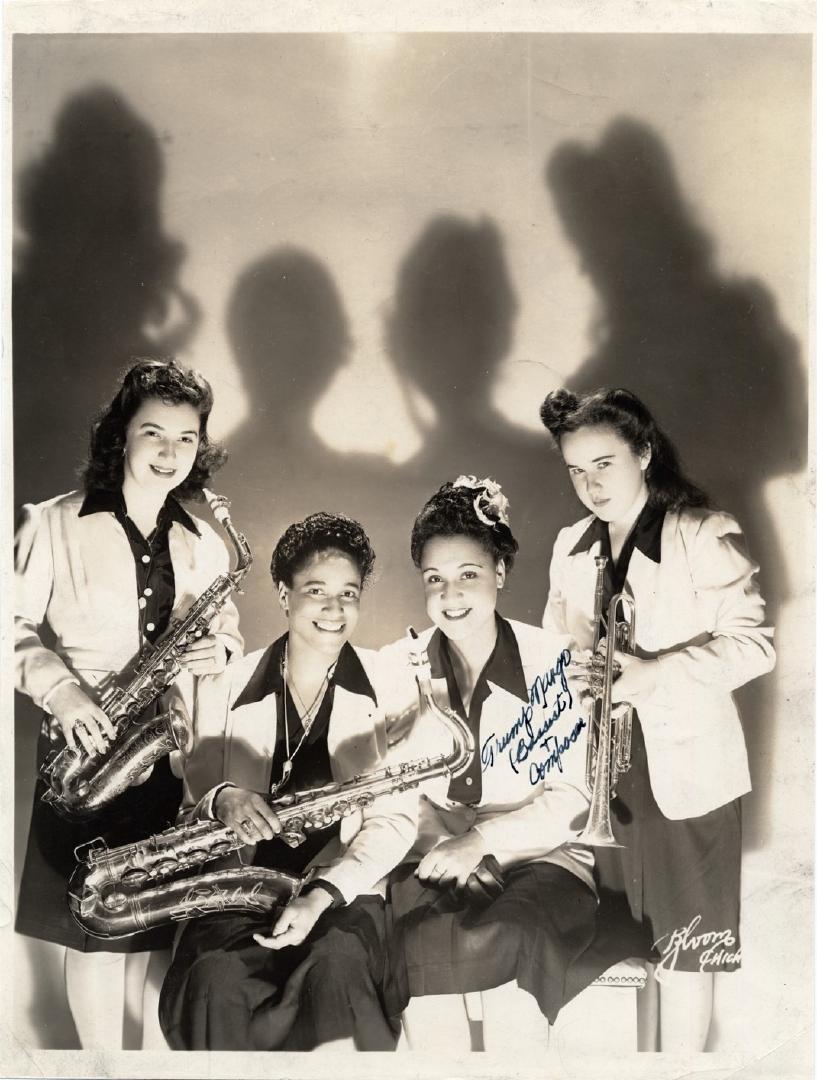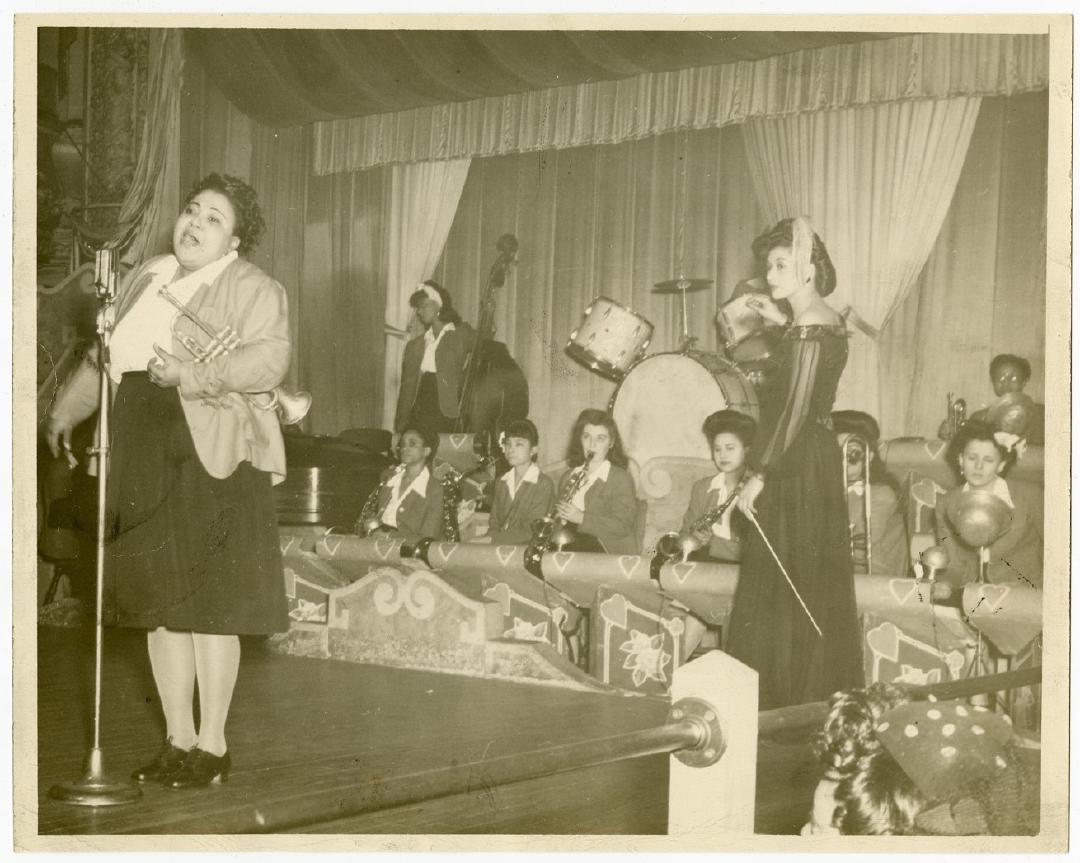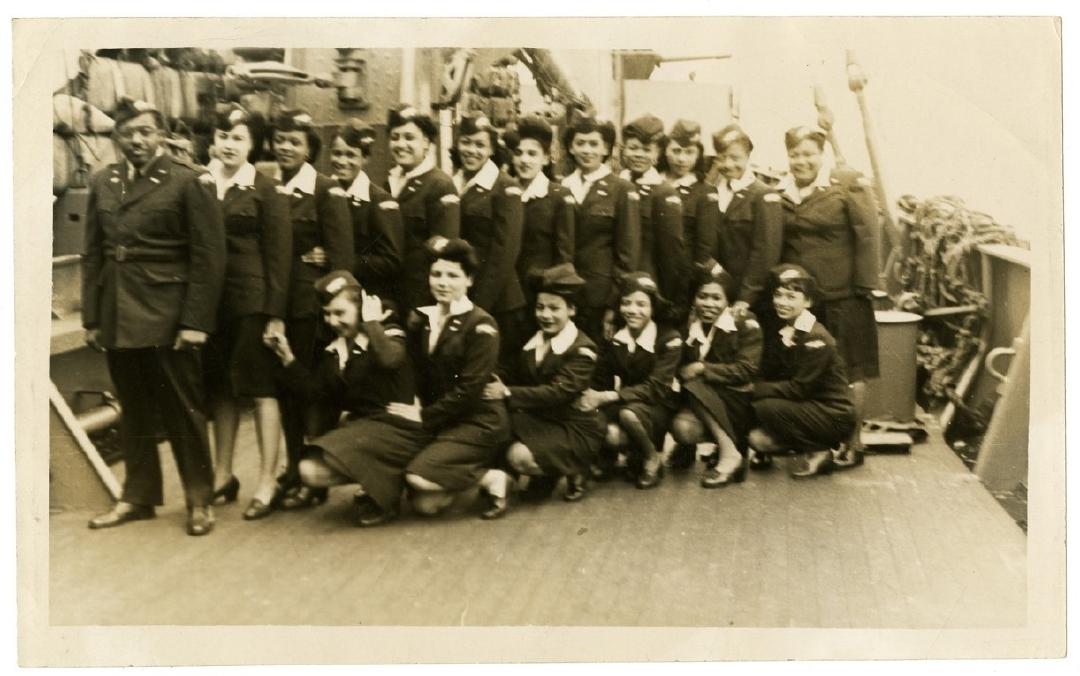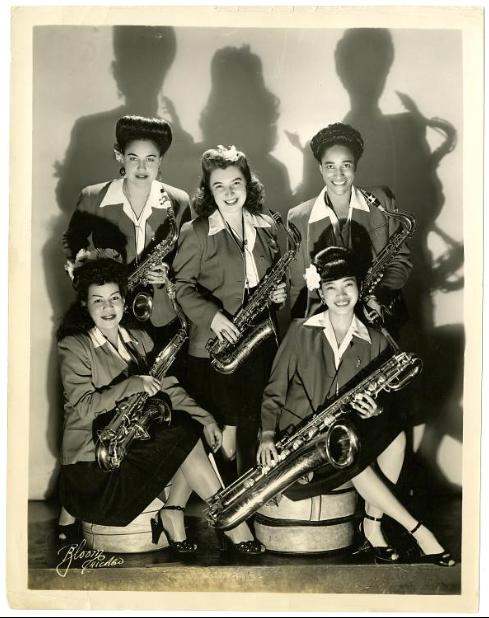America’s First All-Women Swing Band Lived in Arlington
Its members took the nation by storm, fearlessly touring even as they faced discrimination, Jim Crow law, and sexism

In the 1940s, the group called Arlington home, making their mark on our local community as they toured both the nation and abroad.
In the first half of the 20th century, only a handful of women were able to make it as successful musicians. This precedent was upturned by the International Sweethearts of Rhythm – the first all-female, racially integrated swing band.
Its members took the nation by storm, fearlessly touring even as they faced discrimination, Jim Crow law, and sexism. In the 1940s, the group called Arlington home, making their mark on our local community as they toured both the nation and abroad.
The founding members of the International Sweethearts of Rhythm met as students at the Piney Woods Country Life School in central Mississippi, a boarding school for African American children. The school was known for producing musical groups, who were instructed in music and toured the country to fundraise for the school. In addition to the Sweethearts of Rhythm, the school produced the groups the Cotton Blossom Singers and The Five Blind Boys of Mississippi, both of which also toured nationally.
The Sweethearts were founded at the school in 1937, and after success touring and performing while affiliated with the school, left in April 1941 to formally become professional musicians.
After leaving the school to become professional musicians, the Sweethearts relocated to Arlington with financial support from a now-anonymous wealthy Virginian. While living in Arlington, the band recruited professional musicians to fill the gaps of some of the younger members who had stayed at Piney Woods to finish school. They also joined the American Federation of Musicians, Local 710, Washington D.C.’s African American union for musicians. During this time, Anne Mae Winburn also took on the role as the group’s bandleader.
The band lived in a 10-room home near Columbia Pike that was referred to as the “Sweetheart House.” In an oral history with Arlington resident Delores Downing, she recalls listening to the band practice at the home as a young girl.
During their time in Arlington, the band toured extensively, playing famous venues such as the Apollo Theatre and Savoy Ballroom in New York, and the Howard Theatre closer to home in Washington, D.C., where they set an attendance record in August 1941, drawing 35,000 patrons over the course of a week. They often performed with other star musicians, including Ella Fitzgerald, Billie Holiday, Dizzy Gillespie, and Ruby Dee. They also appeared in some short films called “soundies.” When touring, the band traveled on a customized bus call “Big Bertha” built during their Piney Woods days.
Their popularity increased when the United States’ entered World War II when they added military bases to their performance repertoire. In July of 1945, after requests from GIs serving overseas, the Sweethearts embarked on a six-month-long tour of Europe, sponsored by the USO. During their tour, the band performed in Paris, and in occupied Germany, including the cities of Heidelberg, Stuttgart, Munich, and Mannheim.
The Sweethearts were known both for being all-female, which was a rarity in big bands at the time, and because the group was multi-racial, which was even rarer. Members of the group included women of African American, Chinese, Mexican, and Native American descent, along with a few white members in their later years.
Because the group toured nationally, their multiracial composition brought them hostility, particularly in the segregated south, where some members had to hide or wear makeup to appear lighter or darker in skin tone. Additionally, when the group went abroad to perform for U.S. soldiers, they often played to segregated audiences where African-American GIs were asked to sit separately.
After successful tours both domestically and abroad, the original band broke up in 1949 amid changing tides in the jazz sound and performance demands. The group had a reunion in 1980 at the Third Annual Women’s Jazz Festival in Kansas City.
The Sweethearts are often left out of mainstream discussion of the jazz and swing greats, but their legacy as a pioneering interracial, and all-female band has left an indelible mark on American music.
In 2012, their record “International Sweethearts of Rhythm: Hottest Women’s Band of the 1940s” was added to the National Recording Registry at the Library of Congress. It featured recordings from 1944-1946, including commercial tracks and excerpts from an appearance on the Armed Forces radio service program “Jubilee.” It was released in 1984 by Rosetta Records – a label that exclusively released reissued performances by female blues and jazz artists.
Images





